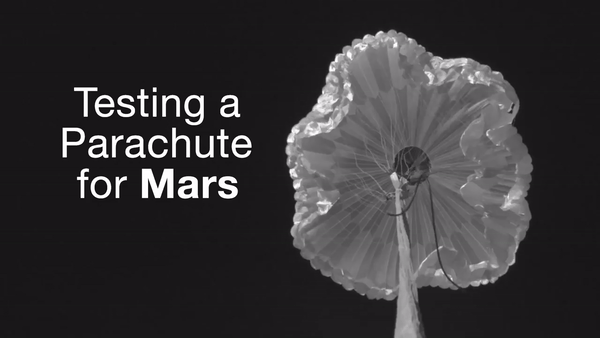
If you had the opportunity to go to Mars with no return flight, would you take it? Well, you might not believe the number of people who would. In fact, some of them even applied for a one-way mission. It turns out that 200,000 people would gladly go to Mars – they applied to complete a one-way no return trip, with a mission to colonize the Red Planet.
The scientist Heidi Beemer is one of 250 applicants (finalists) for the Mars One colony project. Back when she was a child, Heidi has been dreaming of a mission like this. Well, there might be a way for Heidi to land on another planet without any scratches. There is a newly invented parachute that is being simulated in a Mars-like environment.

Mars (aka Red Planet)
Mars is known as the Red Planet. Its atmosphere contains an oxygen level of 0.146%, versus Earth’s 20.95% oxygen quantity in dry air. The Red Planet is currently unlivable by general standards.
Heidi Beemer
Beemer recalled that her father once showed her a newspaper of the Sojourner Rover when she was 8 years old. Ever since then, Heidi began to believe that humans should go to Mars. And Heidi herself wanted to be one of the first settlers.
According to Beemer, the Mars One team will be able to live as part of an established system, with science as the main objective. Heidi’s motivation is to help humanity by learning more about the Red Planet’s and the Earth’s future.
Supersonic Parachute
The parachute is a new supersonic item that engineers tested for the conditions on the Red Planet. That includes testing of altitudes and speeds. Lightweight materials need to survive a 1500mph wind well enough to ensure a safe landing on the surface.
To simulate the Red Planet’s conditions, there is a rocket that carries the payload to the right area to stress the parachute. The rocket launches over the Atlantic Ocean and ascends to altitudes that mimic the altitudes of Mars.
The ASPIRE supersonic parachute deployed at twice the speed of sound on September 7, 2018. In less than half a second, 200 pounds of the parachute material went from a small drum-sized bag with the density of wood to an inflated parachute with the volume of a large house. This generated nearly 70,000 pounds of drag.

Human Landing
The new parachute might have survived during its testing on Earth, but other factors associated with a human landing on the Red Planet still need to be tested in the future.


























